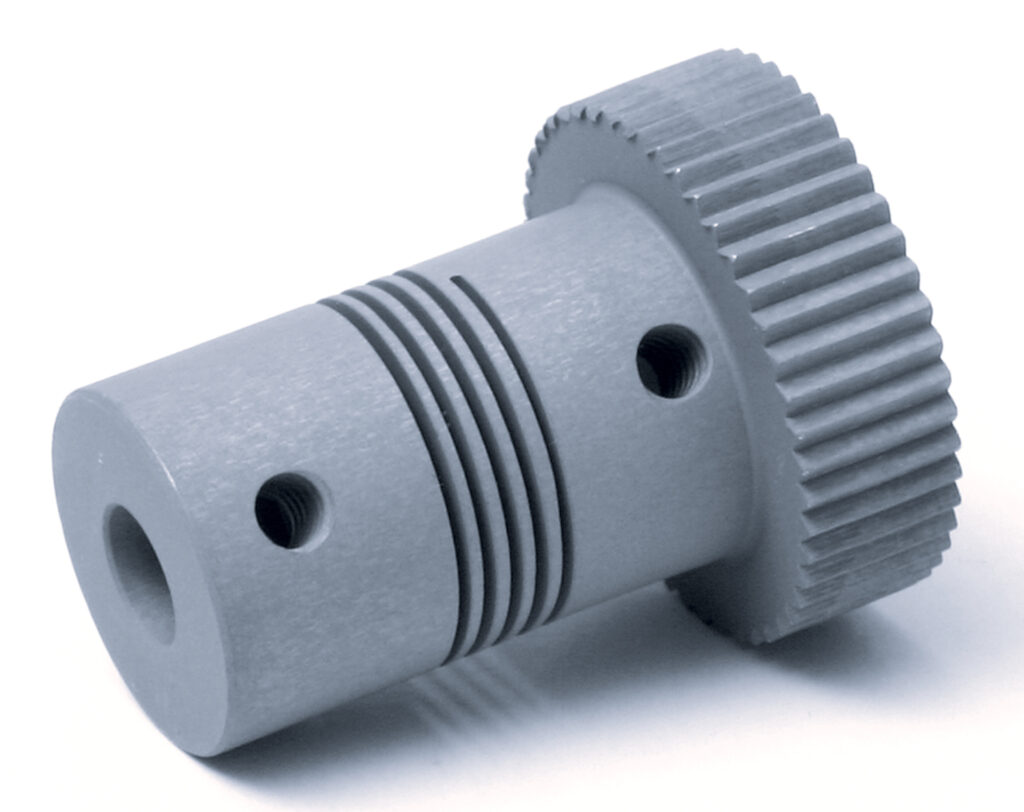By Joyce Laird, Contributing Editor
Challenges of component connection
Engineers in the design phase of a motion control related project are faced with the selection of many components, from motors and leadscrews to bearings and fasteners. One other key component that is critical to the successful function of any new design, which is often overlooked, is the flexible coupling that will connect the motor and leadscrew.
“When considering the options available with the various types of flexible couplings it can be difficult to discern the benefits of one over the other. Certainly the torque being transmitted through the coupling is a key factor but also is the misalignment capability. The primary misalignments referenced by the various manufacturers are angular, parallel and axial motion.”
The Backlash Issue
Kingsbury also notes that one important aspect of a flexible coupling used in motion control applications that can have very detrimental effect on performance and accuracy is backlash.
“When the part is new, consideration should be given to how well the coupling and the fit between its mating parts will hold up over time because the purpose of these couplings is to flex, which stresses the assembly points.”
There is an answer to this concern. Kingsbury says that the answer lies in selecting a coupling made from a single-piece of material because there are no points of assembly to loosen and induce backlash.
“The most well-known type of single-piece flexible coupling that does the best job of transmitting torque for its outside diameter, compensates for significant misalignment and does not exhibit backlash is the beam type coupling. These types of couplings have been around for 50+ years and are still common in motion control applications.”
The Beam Coupling Solution
“The beam coupling is both compact and affordable while offering a proven track record for reliability,” Kingsbury says. “For more demanding high torque applications they are available in high strength 17-4 stainless steel. Another benefit of the beam coupling and the fact it’s machined from single-piece of material, is the incorporation of features to further simplify and add value to the overall assembly.”
In conclusion, he says that not only does the incorporation of the features of this type of coupling relieve the engineering department of managing drawings for the integrated components but the purchasing department only needs to order, receive, and inventory one full featured coupling rather than numerous parts.
He advises that if faced with this type of application, there are always coupling suppliers who can advise and specify the proper coupling to meet any need.
Helical
www.heli-cal.com/
